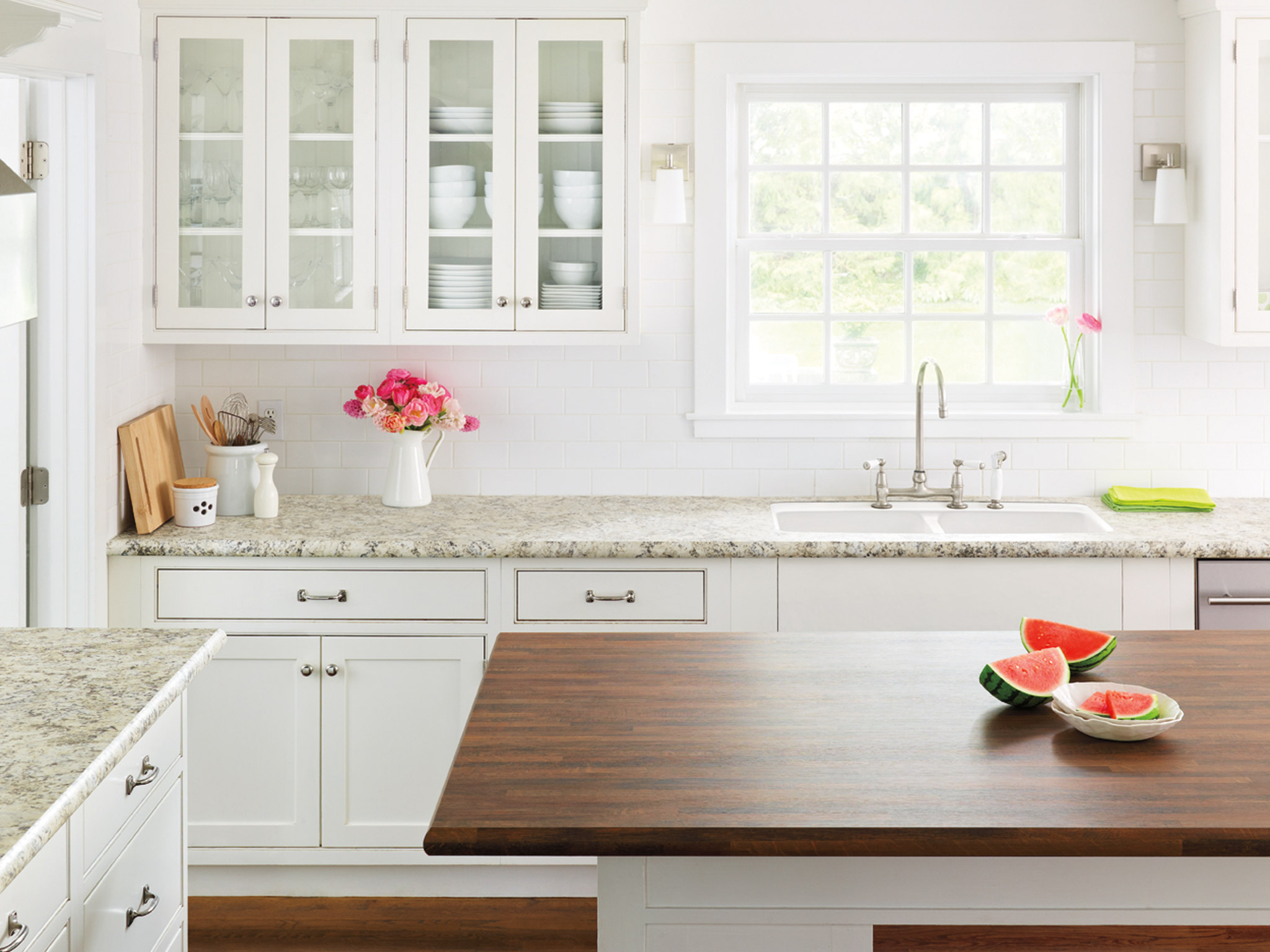The decision to incorporate a granite countertop backsplash or leave the space bare is a common dilemma for homeowners undertaking kitchen renovations. Understanding the factors that influence this choice is crucial in achieving a cohesive and aesthetically pleasing kitchen design. Let’s explore the considerations involved in deciding whether to opt for a granite countertop backsplash or leave the area without one.
One of the primary factors to contemplate is the overall design aesthetic you aim to achieve in your kitchen. Granite countertops, known for their natural beauty and durability, can stand alone as a focal point in the kitchen. However, integrating a matching granite backsplash can create a seamless and harmonious look, enhancing the overall visual appeal. This choice often depends on whether you prefer a more minimalist design with uninterrupted surfaces or if you seek a comprehensive and cohesive appearance with a matching backsplash.
The practical aspects of maintenance and cleaning play a significant role in the decision-making process. Granite countertops are relatively easy to clean, and adding a matching backsplash can extend this ease of maintenance to the entire kitchen surface. A granite backsplash creates a unified and continuous surface that reduces the risk of food particles, liquids, or grease splatters reaching the walls. This consideration is particularly important for homeowners who prioritize a low-maintenance kitchen that is easy to clean and maintain.
On the other hand, some homeowners appreciate the opportunity to experiment with different materials or designs for their kitchen backsplash. Choosing a contrasting material or pattern for the backsplash can add visual interest and break up the monotony of a single surface. This approach allows for creative expression and customization, enabling homeowners to play with colors, textures, and patterns that complement the granite countertops while introducing an element of diversity to the kitchen.

Budget considerations are pivotal in any home improvement project, and the decision to include a granite countertop backsplash is no exception. While matching granite backsplashes can contribute to a luxurious and cohesive look, they also come with additional costs. Homeowners should weigh the budgetary implications and consider whether the investment in a matching granite backsplash aligns with their overall financial plan for the kitchen renovation.
The size and layout of the kitchen are essential factors influencing the decision. In smaller kitchens, a granite countertop without a matching backsplash can create a more open and spacious feel, as there are fewer visual interruptions. Conversely, in larger kitchens, a granite backsplash can contribute to a grander and more opulent appearance. It’s crucial to consider the proportions of the space and how the presence or absence of a granite backsplash impacts the overall balance and flow of the kitchen design.
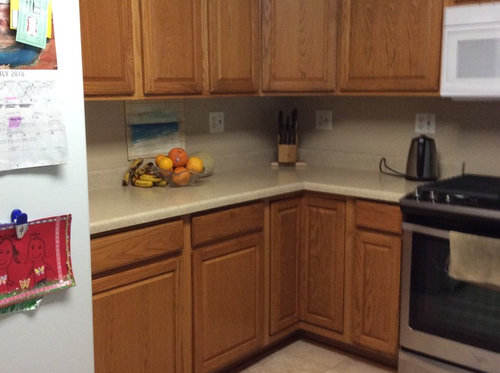
Another critical consideration is the level of customization you desire for your kitchen. Choosing a granite backsplash allows for a tailored and integrated look, especially if you have unique design preferences or specific color schemes. Homeowners who appreciate a cohesive and well-coordinated kitchen may find that a matching granite backsplash aligns with their desire for a personalized and thoughtfully designed space.
Practical concerns, such as the protection of walls from potential water damage, can influence the decision to include a granite countertop backsplash. In areas prone to splashes and spills, a granite backsplash provides an added layer of protection, preventing water or other liquids from seeping into the walls. This consideration is particularly relevant in high-traffic kitchens or homes with a bustling culinary routine.
The architectural features of the kitchen can also guide the decision-making process. If your kitchen has unique architectural elements or focal points, such as a prominent window, an intricate range hood, or open shelving, the decision to forego a granite backsplash might be driven by a desire to highlight and showcase these features. In such cases, a minimalist approach with just the granite countertop may enhance the overall design without competing with other visual elements.
Homeowners should also take into account the color and pattern of the chosen granite. Some granites feature bold and distinctive patterns that can serve as a statement piece on their own. In such instances, adding a matching backsplash might overwhelm the space, and leaving the countertop bare allows the granite’s natural beauty to take center stage. Alternatively, in the case of more subtle granite patterns, a matching backsplash can enhance the overall design without overpowering the visual aesthetics.
Consider the level of formality you want to achieve in your kitchen design. While a granite countertop alone can contribute to a more casual and relaxed ambiance, adding a matching backsplash can elevate the space to a more formal and sophisticated level. The decision should align with your lifestyle, preferences, and the intended use of the kitchen, whether it’s a family gathering space or a more formal entertaining area.
The choice between a granite countertop with or without a matching backsplash ultimately boils down to personal preference and the specific goals of your kitchen renovation. Whether you prioritize a seamless and coordinated look, the opportunity for creative expression, or a balance between aesthetics and practicality, understanding these considerations will guide you toward a decision that aligns with your vision for the perfect kitchen.
The Pros, Cons and New Creative Uses for the 4-Inch Backsplash
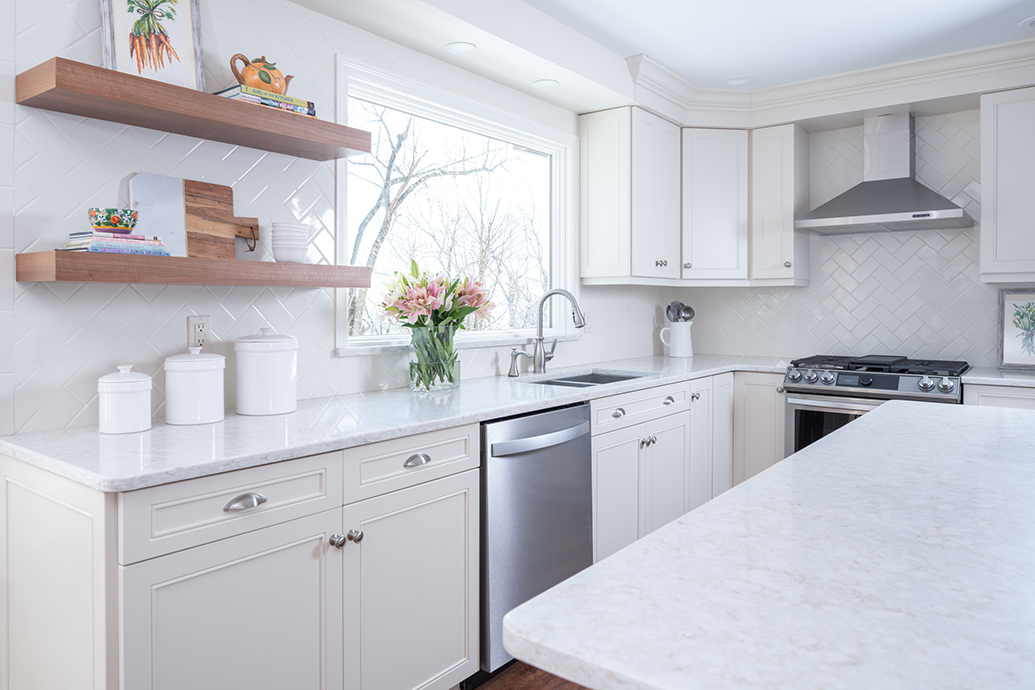
Granite Countertops With Backsplash 4″ or Full Height?
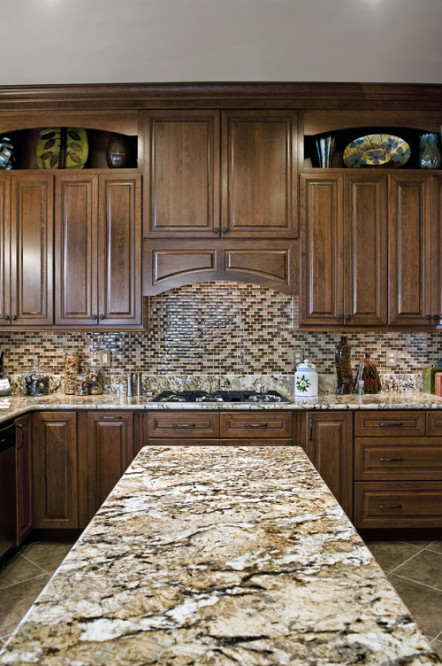
The Four-Inch Backsplash u2013 YES or NO? – Kitchen Cabinets and
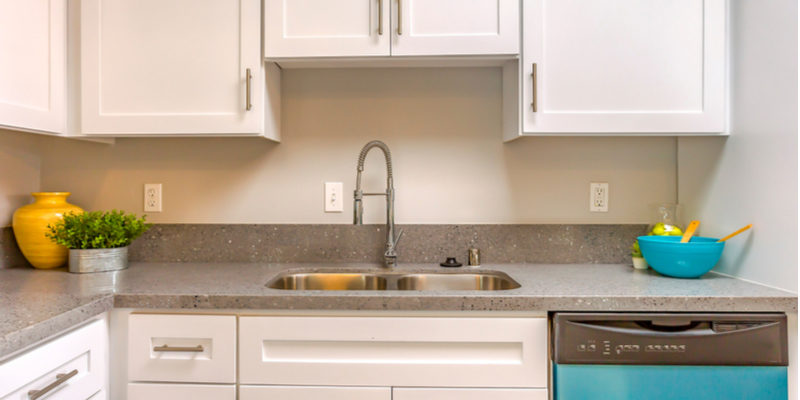
Backsplash or No Backsplash? GlassEco

CHOOSING BACKSPLASH TILE FOR BUSY GRANITE COUNTERTOPS u2014 Toni
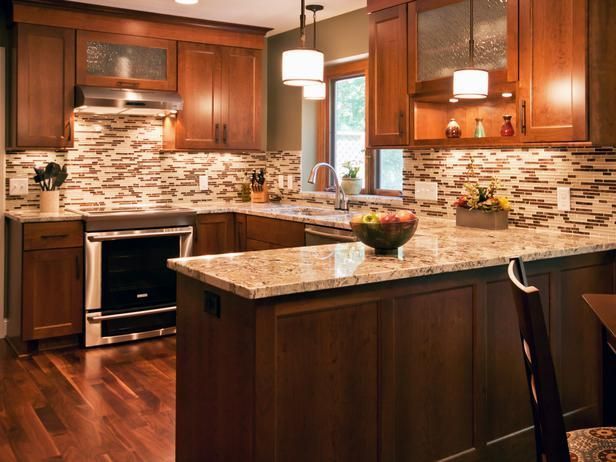
Backsplash? Yes or No? Help!
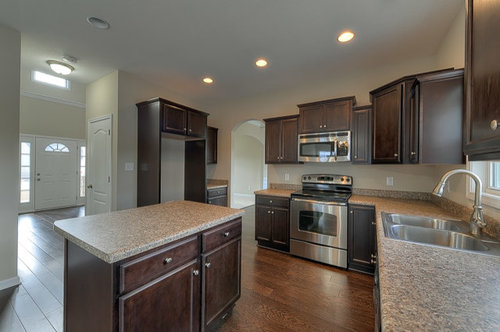
Backsplash ideas for granite countertops in Smyrna DE

Related articles:
- Granite Countertops Cost
- Chipped Granite Countertop Repair
- White Granite Countertops
- Granite Countertop Overlay
- Stains On Granite Countertops
- Black Pearl Granite Countertops
- Black Matte Granite Countertop
- Black Granite Kitchen Countertops
- Cutting Granite Countertops DIY
- Gray Granite Countertops
Granite Countertop Backsplash: Pros and Cons
A granite countertop backsplash is one of the most popular kitchen design elements today. It can add a luxurious and sophisticated look to your kitchen and make your countertops stand out from the rest. However, there are some pros and cons to consider before you decide to take the plunge.
Features
Granite countertop backsplashes are made from durable, hard-wearing stone and come in a wide variety of colors, textures, and sizes. Granite is also heat-resistant, making it an ideal choice for areas around the stove or cooktop. It is easy to clean and maintain and can be sealed to protect against stains and discoloration.
Benefits
Granite countertop backsplashes are easy to install and require very little maintenance, making them a great choice for busy households. They add a touch of elegance to any kitchen design, while also protecting your walls from spills and splatters. The backsplashes also help to keep your countertops looking neat and tidy by preventing food particles from collecting in the grooves between them.
Pros
Granite countertop backsplashes are durable and long-lasting, so they won’t need to be replaced for many years. The material is also heat-resistant, which makes it ideal for areas around the stove or cooktop. Granite countertop backsplashes are available in a wide variety of colors, textures, and sizes, so you can easily find one that matches your kitchen’s existing décor.
Cons
Granite countertop backsplashes can be expensive compared to other materials, such as tile or laminate. They are also prone to cracking if not installed correctly, so it is important to hire a professional installer if you choose this option. The material is heavy, so it may require additional support if installed on upper cabinets or other areas where additional weight is an issue.
Installation
Installing a granite countertop backsplash requires a few steps, including measuring the area where you will install it and cutting the granite to fit. Once the granite has been cut to size, it will need to be sealed with a sealant designed for granite surfaces. The sealant helps protect the granite from staining and discoloration, as well as helping to keep it looking its best for years to come.
Care and Maintenance
Granite countertop backsplashes are relatively easy to care for and maintain. A mild detergent mixed with warm water should be used on a regular basis to keep the surface clean. The sealant should be reapplied every few years or when wear becomes visible on the surface of the granite.
Where To Buy
Granite countertop backsplashes are available at home improvement stores, tile retailers, and online retailers. Prices vary depending on the quality of the material and the size of the slab or piece you need. When shopping for granite countertops, make sure you compare prices between different stores or websites before making your purchase.
Common Questions & Answers
Q: Is granite countertop backsplash hard to install?
A: While installing a granite countertop backsplash is not difficult, it can be challenging if you’re not familiar with how to do it correctly. Hiring a professional installer is recommended if you’re unsure of how to properly install this type of surface in your kitchen.
Q: Does granite countertop backsplash require regular maintenance?
A: Yes, granite countertop backsplashes should be cleaned regularly with a mild detergent mixed with warm water and re-sealed every few years or when wear becomes visible on the surface of the material.
